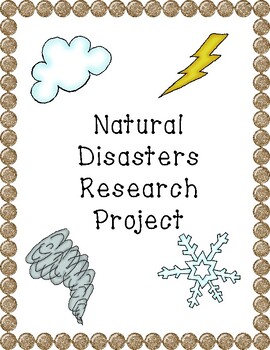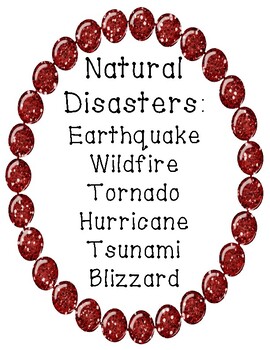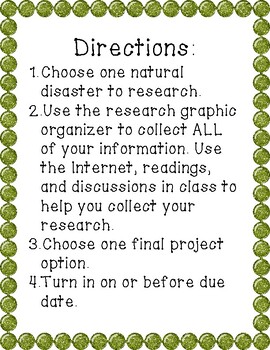NO PREP Natural Disasters Research Project | Research | Science Project |
- PDF
What educators are saying
Description
*NO PREP* Natural Disasters Research Project
Students will have so much fun researching natural disasters! Your students will choose one natural disaster to research, conduct their research, and then choose 1 of 4 options as a final research project to wrap up your unit! A rubric is included, and it can be used for any of the 4 project options! I also put two copies of the rubric on one page for you for easy printing and cutting.
This science project has been a popular product of mine. I, myself, have used it for many years. It really is helpful to provide an exciting yet organized research product for your upper elementary students!
I know this NO PREP (woohoo!) project can be very popular around state testing time when you're losing a lot of instruction time and need the kids to be occupied either when they finish their test or to have something engaging to do when you're done testing for the day.





